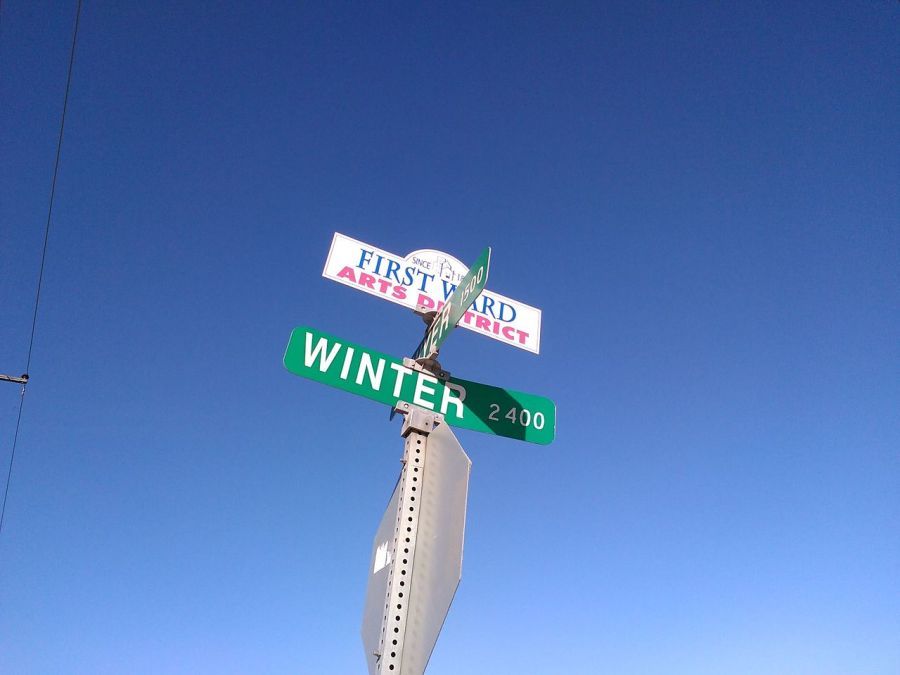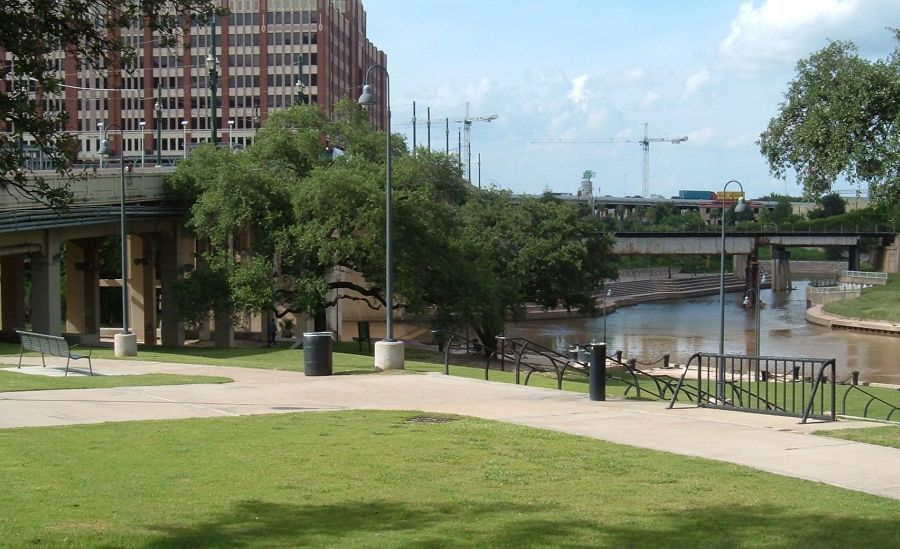First Ward, Houston is located in the 610 Loop, and it is considered to be one of the city’s most historic wards. It is initially the center of Houston’s business district, and it is purposefully located at the intersection of White Oak Bayou and Buffalo Bayou. First Ward was created in 1840, and it is one of the first four original wards in Houston. In this article, we are going to learn more about the historic First Ward, Houston.
History
First Ward was founded in the 1800s, and since then, it has historically been a working-class neighborhood. At the time of its founding, First Ward consisted of mostly farms, and most of the early farmers were German immigrants. Aside from the farms, First Ward was also known for its springs, which provided a clean source of water during the mid-nineteenth century compared to the Buffalo Bayou, a supply that most Houstonians depended on.
Because First Ward’s is located near Houston’s main docks, a warehouse district was established in the community. That is why Commerce Street became known as “Produce Row,” It became one of the most essential factors of First Ward’s growth and development. During the 1900s, most of the grocers built their shops in First Ward were European immigrants, specifically Italians. Back then, First Ward was known as a working man’s community because it is mostly inhabited by laborers, grocers, and other people who are engaged in service jobs. First Ward was also located near railroad lines, like the Houston and Texas Central, which is why it was home to several railroad employees.
During the early twentieth century, the railroad played a significant part when it comes to the source of jobs in the First Ward. From the late 1800s up until the early 1900s, a system of streetcars, both mule-drawn and electric, was the public transportation for residents. In 1903, Highland Park, which is a popular recreational area, was established.
Between 1890 and 1930, First Ward was primarily comprised of Craftsman bungalows and vernacular Queen Anne cottages. As years passed, most of the original homes in First Ward were demolished to make way for new townhouses. Nevertheless, most of the area’s historic architecture was still preserved. Even if these historic structures in the district are a little bit small in scale, they are the perfect examples of late 19th and early 20th century Texas folk architecture. During the early twenty-first century, First Ward was divided into two areas namely the Low First Ward, which is located east of Houston Avenue, and the High First Ward, which is on the west of Houston Avenue. The informal boundaries of the whole First Ward were recognized as IH 10 to the north, and Washington Avenue to the south, and IH 45 to the west with Sawyer Street to the west.
Over the years, First Ward continued on developing economically and as a community. By the 2010s, the First Ward citizens decided to focus on the restoration of several structures in First Ward. Since then, First Ward became known for its thriving art community. On May 28, 2014, First Ward was elected as a City of Houston Historic District.



